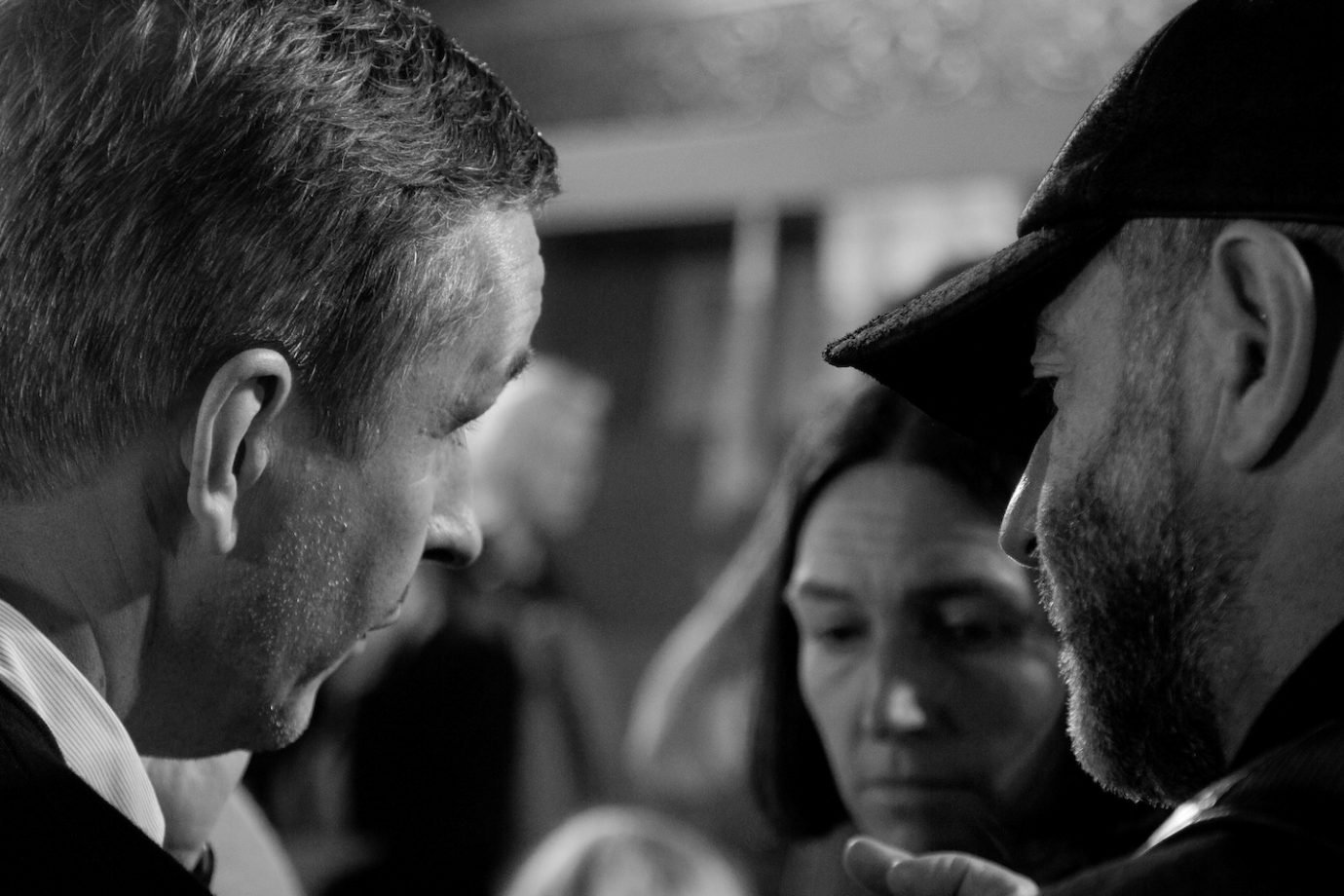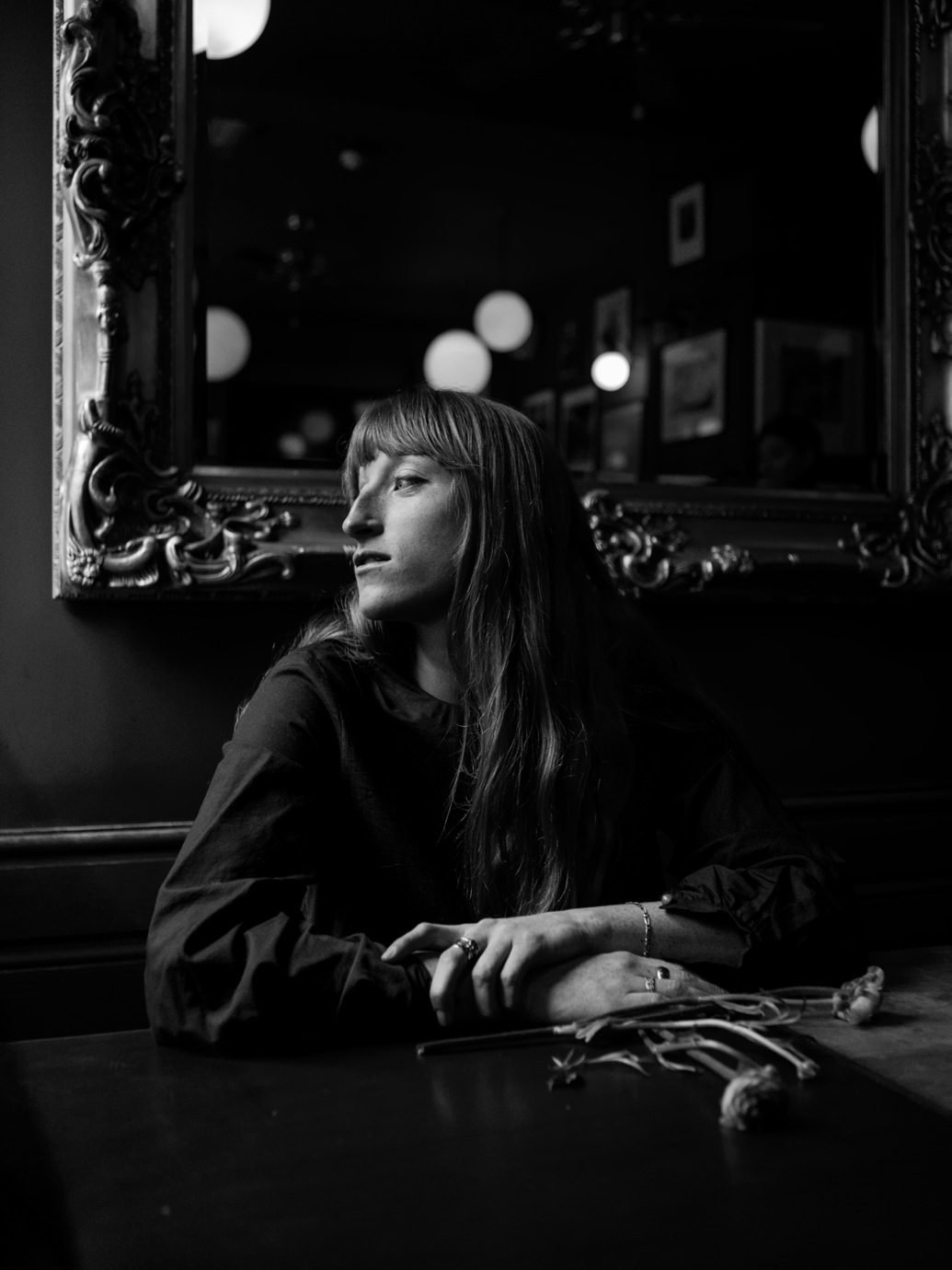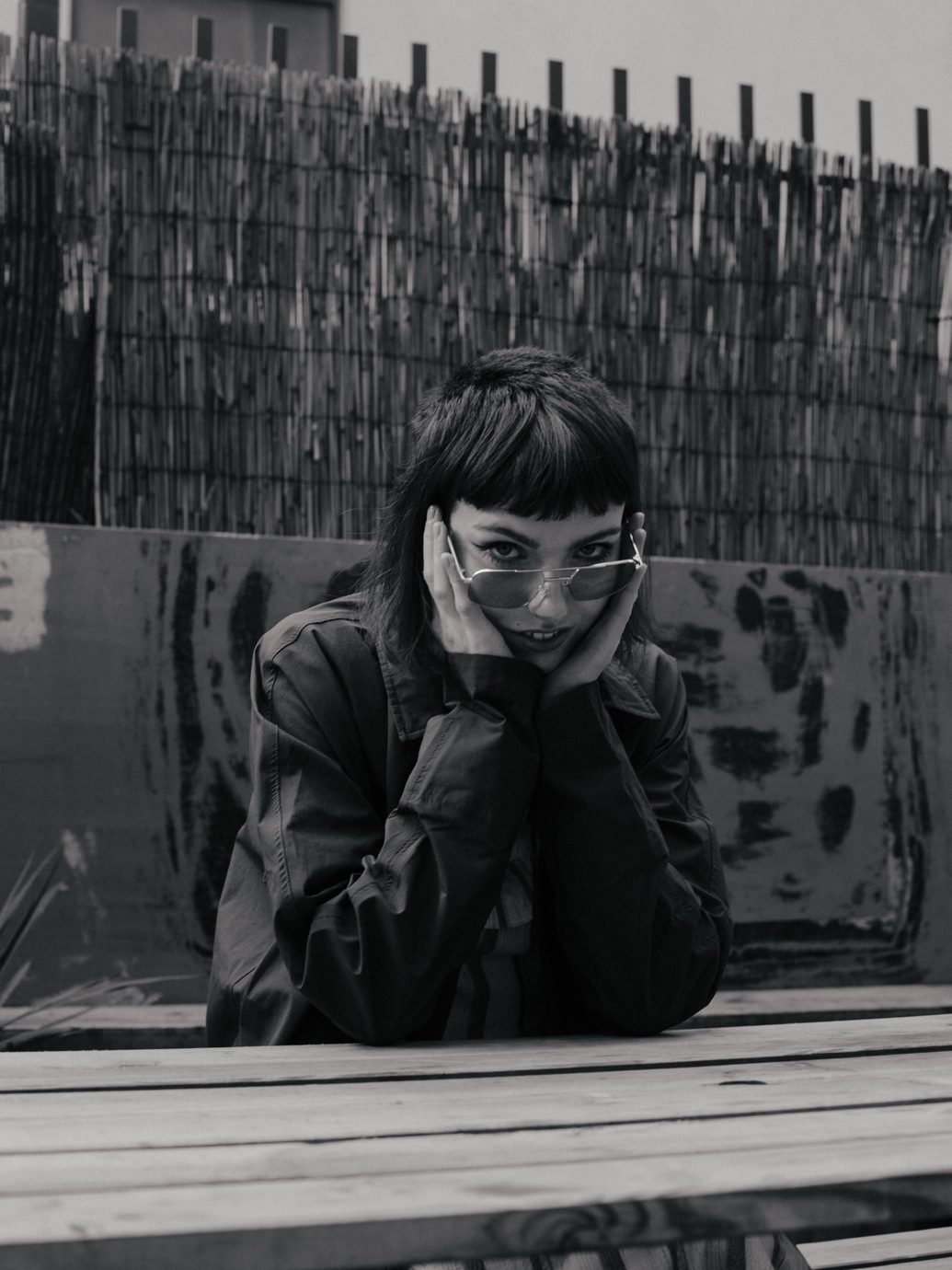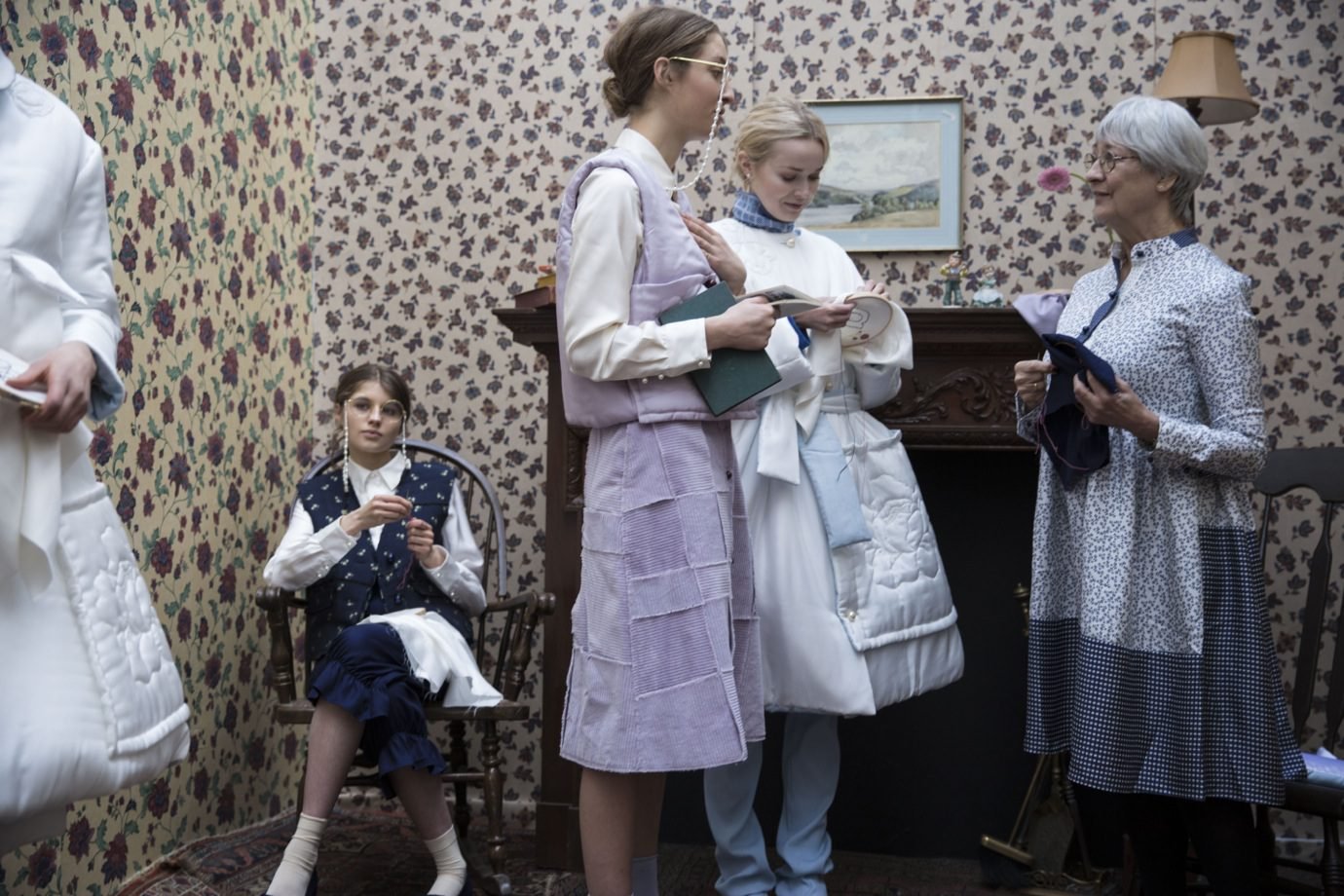How did you go from modelling to where you are now?
I actually started my education at the école hôtelière in Belgium, then I worked in high-end restaurants. This training taught me to be rigorous, precise and punctual. After a few years, in the early eighties, I met a stylist who convinced me to become a model. This experience allowed me to travel throughout Asia and to live for six months in Japan. Around that same time I had also started working in a club in Brussels, the Mirano, a venue very similar to what the Palace was back then in Paris. I began as a bartender and it led to being the artistic director of the nightclub, organizing themed parties and fashion shows. Looking back, I realize it had somewhat become a ‘laboratory’ for me. I also set up young designers’ contests in the club, which was my first true experience with sound, lighting, scenography. At that time I grew closer to the Antwerp Six, who had just about graduated. I was doing photoshoots as a model for Walter Van Beirendonck and started to bond with Dries Van Noten. We were showing his collections across European fairs until one day in 1990 when he asked me to do his first show. It took place in Paris the following year.
“WHEN I SAID YES TO DRIES TO DO HIS FIRST SHOW, I HAD NO IDEA WHAT LAY AHEAD. I JUST WANTED TO BE PART OF THE STORY.”
You locked yourself in the toilet before that show… Have there been any other occasions that made you feel in a similar way?
It was the only time I really felt this way – it was a huge deal for me. Since then I have learnt to keep my cool and stay focused. The more stressful it gets the calmer I am now, actually.
Can you talk a bit more in-depth about what exactly motivated you to get involved back then?
My whole life, I have always followed my heart and my gut. When I first met Dries back in 1986, he had a shop of 16m2 in Antwerp, for which he booked me as a model for a capsule collection. Aside from modelling in the showrooms, I then started helping him with setting up, traveling throughout Europe to present the collections. We were driving a little van, packing, unpacking, and setting up the decors in Florence, Milan, London and Paris. We were like a very small family, with everybody pitching in. We were dreaming: “One day, if we could do a show, we would do it like this or this.” When I said yes to Dries to do his first show, I had no idea what lay ahead. I just wanted to be part of the story.
If all of this didn’t happen, what do you think you would be doing today? Did you initially have any other plans for a ‘career’?
I was always amazed by movies. I vividly remember black and white films from my childhood. I believed they were real and wanted to be, somehow, part of them – not knowing the direction it would take me in life. But for sure it would have been something within the showbusiness.
“AFTER A SHOW OR AN EVENT, THE FIRST THING I HAVE IN MIND IS WHAT THERE IS TO LEARN FOR THE FOLLOWING TIME; HOW TO MAKE IT BETTER. AFTER THAT, I DON’T LOOK BACK.”
What is your most memorable job to date?
Every show, every experience has been thrilling and many challenges memorable. This constant thrill is precisely what keeps me wanting to do this job. However, most recently, the Fall Winter 2016-2017 Dries Van Noten menswear show at the Opéra Garnier was one of a kind. We had dreamt about holding a show in this unbelievable venue for the past 15 years, and after attempting it every single season, we finally managed. It was a real dream come true.
At the end of a production job, do you analyse the results?
After a show or an event, the first thing I have in mind is what there is to learn for the following time; how to make it better. After that, I don’t look back. We clearly sense the success of a production through the emotion that travels in the room.
I find that one learns a lot more from the mistakes and errors rather than when everything goes to plan. Is there a particular disaster episode you can share, and what did you learn from it?
For Dries’ first show precisely, which took place in the basement of the Saint James Albany hotel in Paris, we had opted for a fresh grass floor. But I did not quite realize that deprived of sun, the grass would turn brown so quickly, even before we could get a model dressed to walk on it. So we went to buy green paint to airbrush it. That’s how you learn!
What is most important for you in a show?
Making sure the message of the designer is translated as powerfully as possible and managing to transmit a strong and lasting emotion to an audience that often sees over a dozen shows during the course of one single day.
“THE BUZZ CREATED BY THE AUDIENCE AFTER A LIVE SHOW WILL ALWAYS HAVE MORE POWER AND CREDIT THAN ANY ADVERTISING.”
Dries said that he believes he can reach more people with a show than with publicity. Instead of investing in advertising, he always put his money into the runway shows. In your opinion, is a fashion show still the most powerful tool for PR and for sending your message?
I very much agree that a show, a live act, is the best way to transmit emotion. And that it is often trickier to translate this well with only a visual, as you don’t have all the elements brought together like in a live show and can’t feel the energy as much.
The good thing is that today, with the immediate online streaming of the shows and the power of social media, the audiences have also become broader. The buzz created by the audience after a live show will always have more power and credit than any advertising.
How do you communicate with a designer who wants to work with you to make a fashion show? Should most of the ideas come from them?
There is no recipe. There are as many ways of doing as there are designers. It’s an organic process. Basically, we at Villa Eugénie receive a brief – it can be a talk, a piece of fabric, visuals, a mix of it all. We then respond to it with a mood board with different images. From there, it follows back and forth with the designer to create the final concept.
Is there a client that you haven’t worked with yet and would like to?
I would have loved to work with such a talented personality as the one of Alexander McQueen. Today there are a handful of designers I would like to work with, but I cannot name them as they are produced by other companies. Months ago some people were saying that fashion was dead, but personally I’ve never seen such an exciting moment; all these moves within the whole industry and all those new fantastic talents emerging every day!
In the little time I have worked in set design, one of my biggest struggles is the waste I produce. Is this a concern for you?
We try to produce as sustainably as possible. In terms of our fashion productions a lot is being recycled, particularly the utmost majority of all the woods and fabrics we use. And we also donate materials to students and theatres.
After more than 25 years in the business ‘helping’ brands to give shape to their ideas, what motivates you to keep doing it now?
I figure that as long as I learn, and since I am constantly learning, I will still be doing my job. As long as I have fun, I will still be doing it. As long as I have challenges, and these come every day, I will not stop doing it. I have incredible clients with even more incredible stories to tell, so I cannot ask for anything better.









